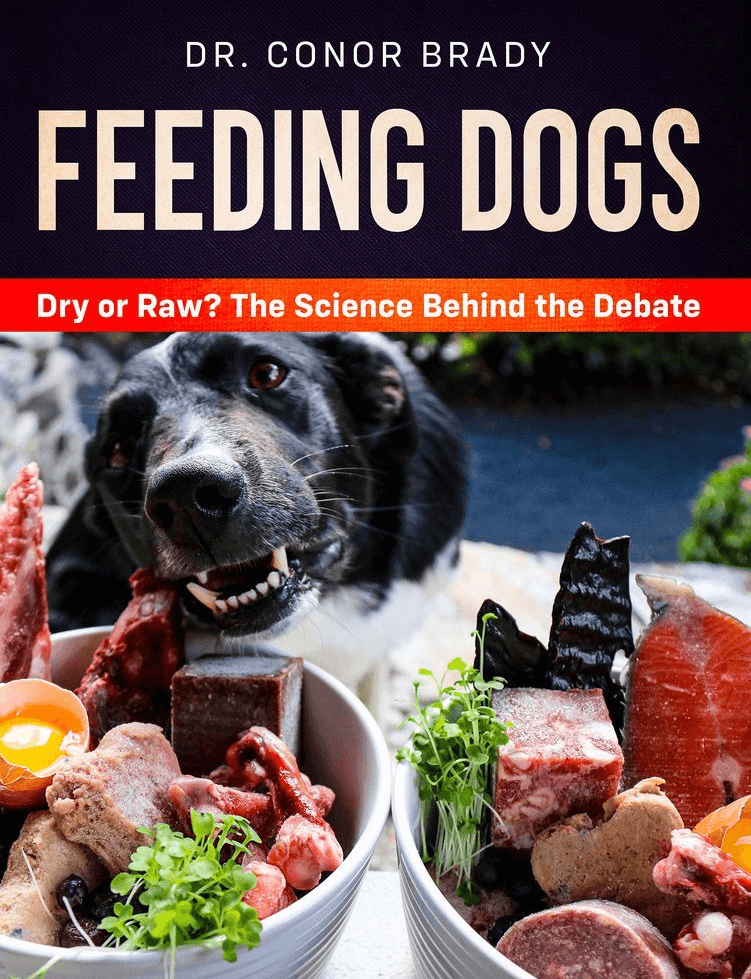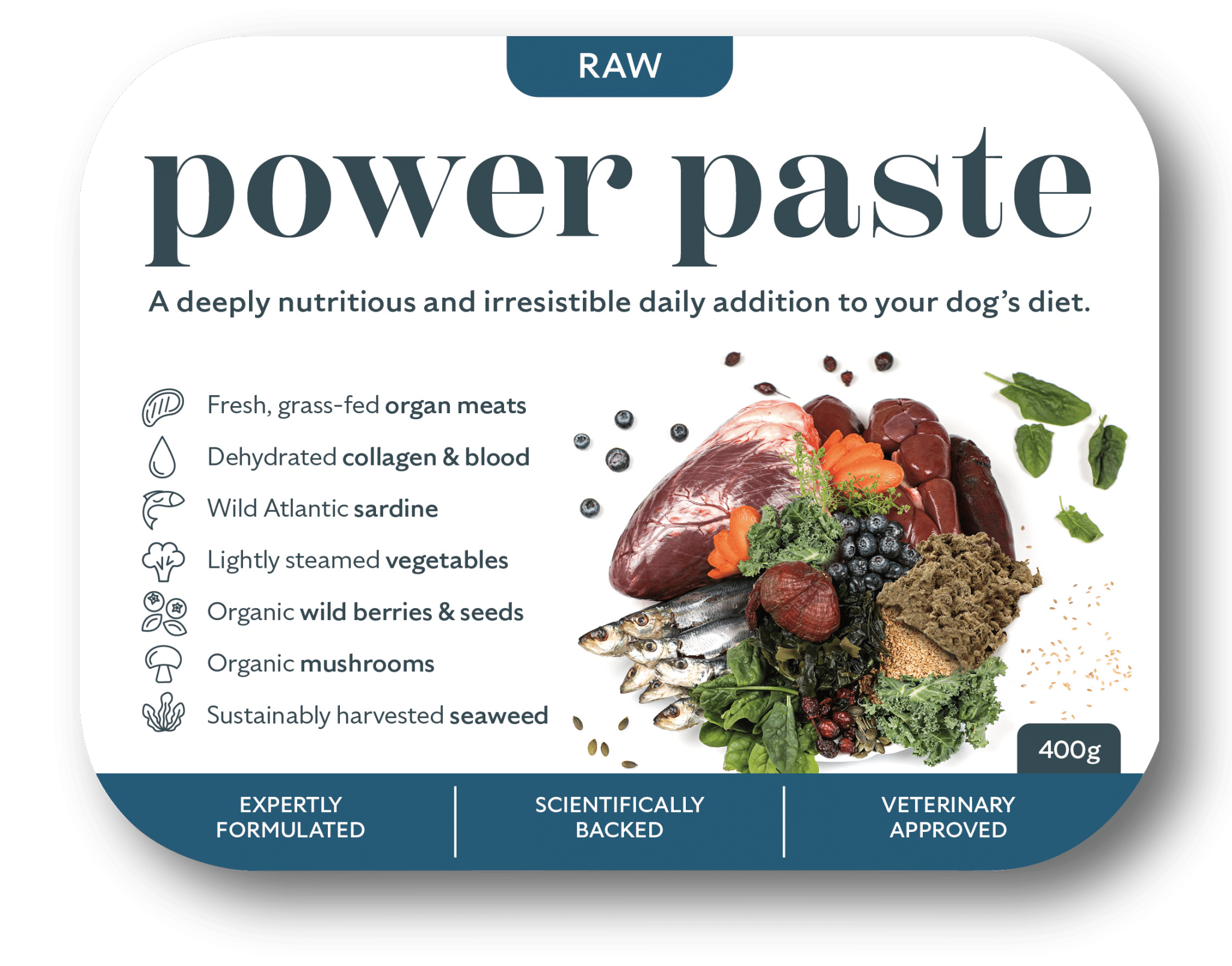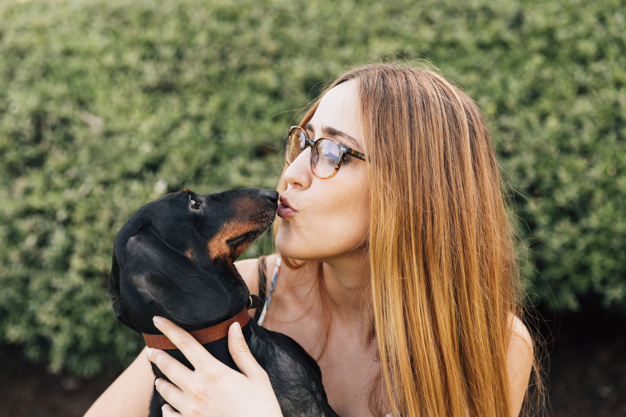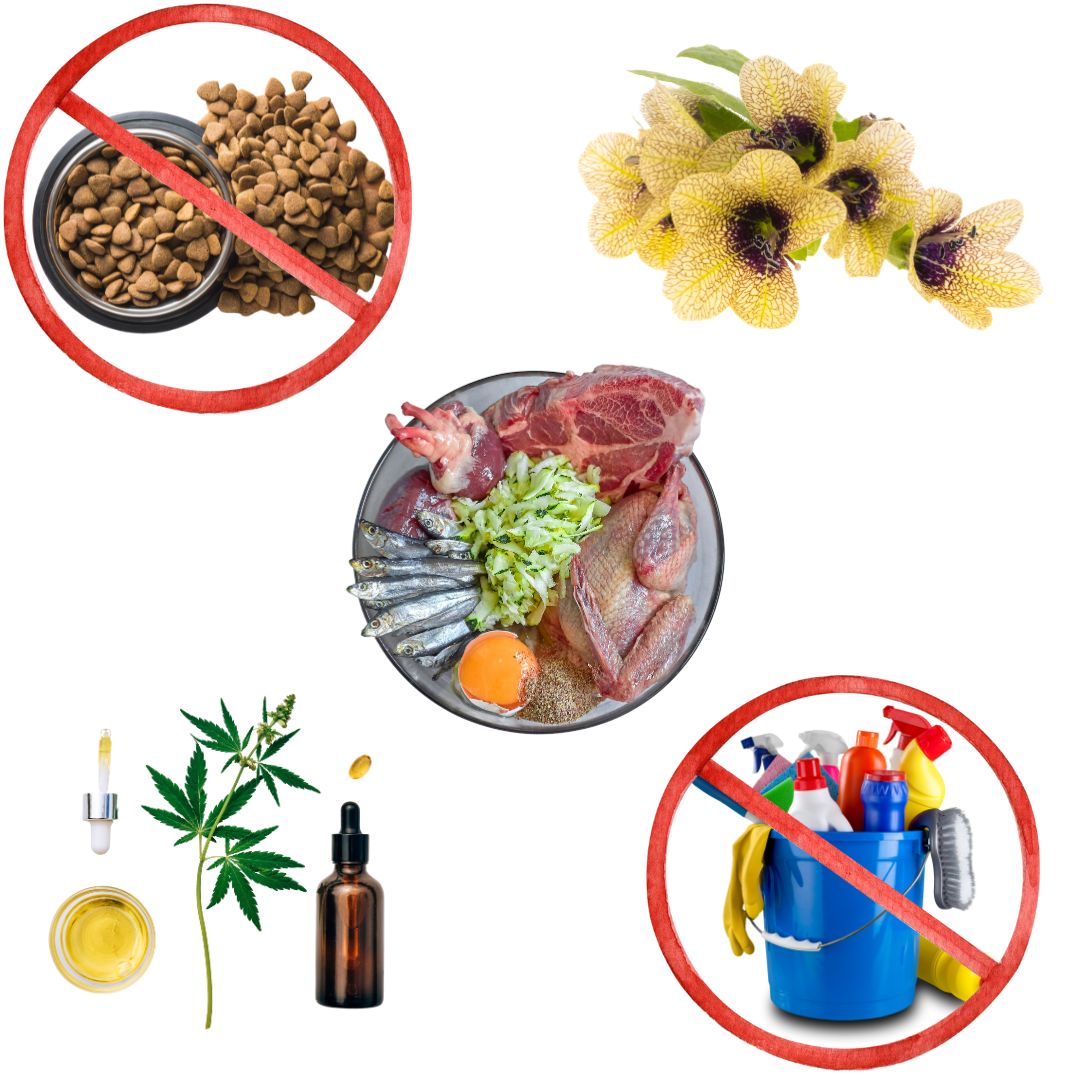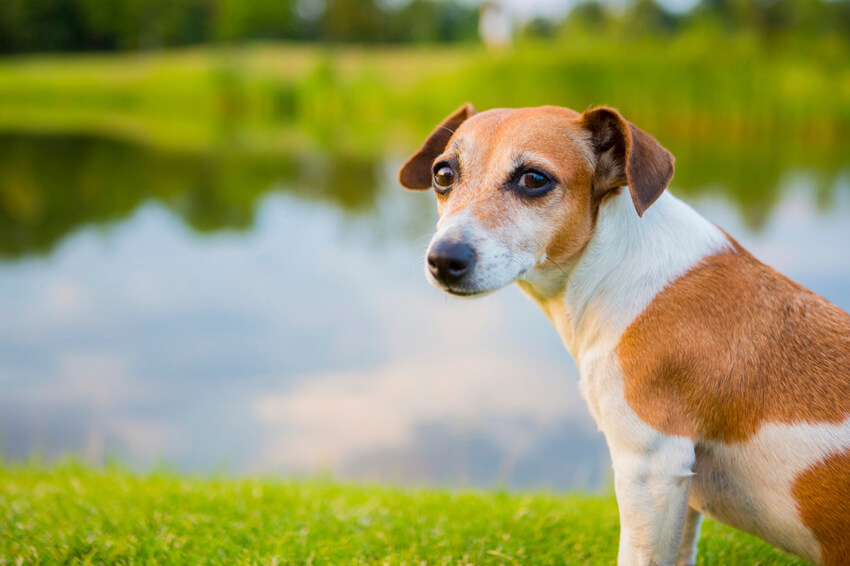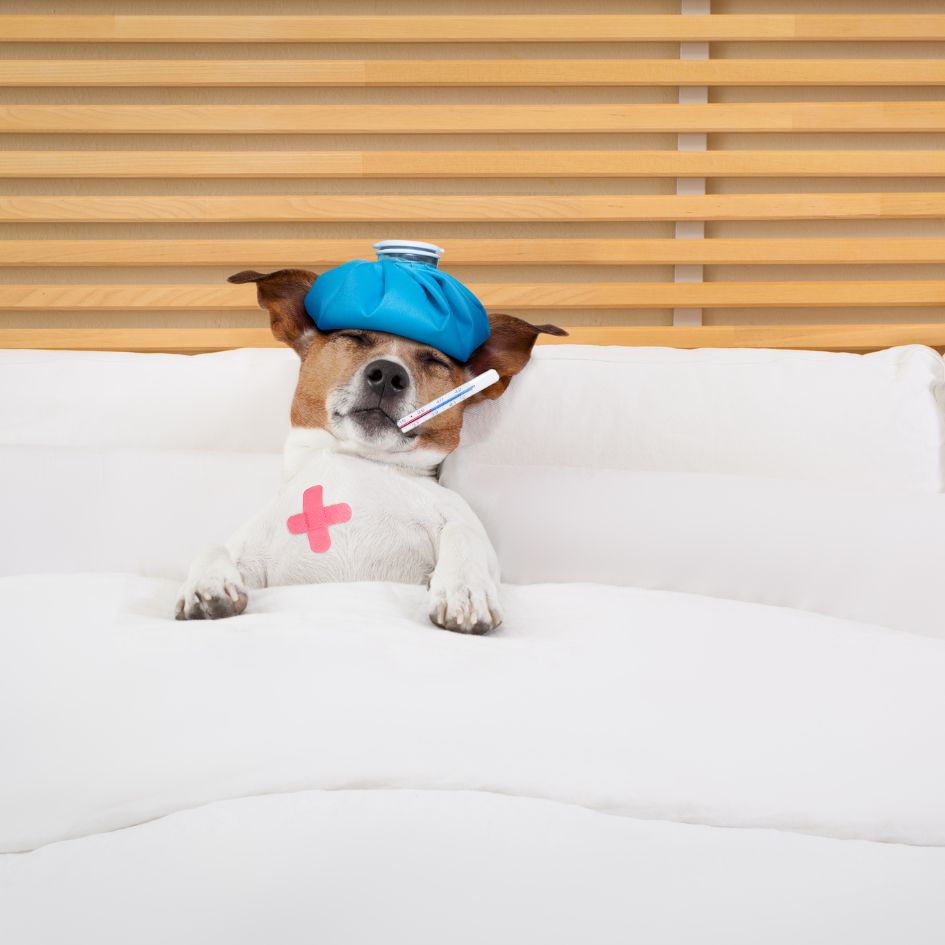A common sporting injury of humans and canines (I’ve done my left knee twice, putting the kibosh to a less than impressive footballing career…), a torn ACL in dogs is a nuisance, necessitating some rehab -beginning with rest (confinement), healing and (nourishment) and soon therapy. It’s not the end of the world. While uncomfortable, for sure, as the joint loses stability, it’s not all that painful (once it’s snapped!). They often recover well. Below is not only the best way to achieve that but how to avoid an ACL tear in your dog.
In this article, we will be discussing:
What is an ACL tear in dogs?
The ACL (Anterior Cruciate Ligament) is located in the centre of the knee (stifle) and is responsible for stabilising the hind leg when the dog is straightening, bending, or rotating the leg.
An ACL tear in dogs is an injury to the knee which occurs when the dog tears their cruciate ligament. The ligament does not always tear completely. A partially torn ACL in dogs is very common and may progress into a full ACL tear if left untreated.
Dogs are a long-distance running species, and they have ligaments like wire chords. Sadly, a dog ACL tear is one of the most common orthopaedic injuries in dogs today. 40-60% of ACL tears in dogs will usually result in a tear to their other knee. So it is vital that we know, not only how to recognise an ACL tear but also how to prevent a torn ACL in dogs.
A little note…It is essential to say that although you will often see and hear the term “dog torn ACL,” the correct term for the dog’s cruciate ligament is the Cranial Cruciate Ligament (CCL) which is what your vet will refer to it as. However, this article will stick to the term dog ACL for ease.
Symptoms of an ACL tear in dogs –
- Lameness or limping is one of the main signs that your dog’s ACL may be torn.
- A dog ACL tear can often result in the dog not wanting to place their foot flat on the ground, and they may walk up on their toes.
- Difficulty rising from a sitting position
- Difficulty getting up a step or jumping into the car
- Suddenly decreased activity levels
- Muscle atrophy in the affected leg
How will an ACL Tear in Dogs be Diagnosed?
A suspected dog ACL tear requires immediate veterinary attention.
Your vet will perform a physical examination to check for different issues as the symptoms of a dog ACL tear vs. a sprain, for example, may look similar at first glance. The vet can check for an injured ACL on a dog by feeling for a “Cranial Drawer,” which is a specific type of movement or palpitation of the knee joint to check for any instability.
An X-ray will help to confirm a torn ACL in dogs by looking at changes within the knee joint.
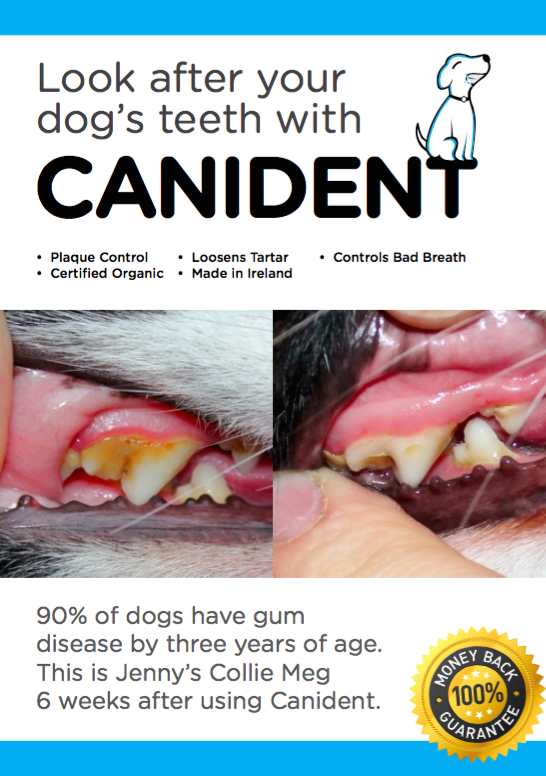
Treatment for a torn ACL in a dog
Once your vet has diagnosed that the cruciate ligament is torn, depending on the severity of the tear, your dog may not have to go through surgery. Ask your vet’s advice on alternatives such as canine massage therapy, hydrotherapy, and orthopaedic braces, which can stabilise the knee joint. However, your vet will advise surgery if the tear is more serious. There are three different types of surgery for a dog stifle injury:
1. Lateral Suture Technique or Extracapsular Repair
This surgery involves using a solid suture to secure the joint and a false ligament to replace the injured one. The joint stabilises as new scar tissue grows. This surgery is more common in smaller dogs.
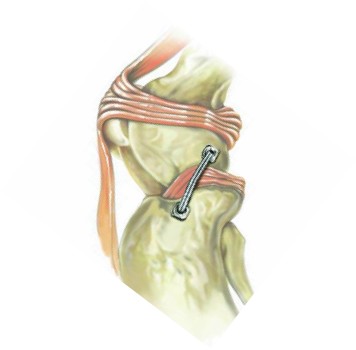
2. TPLO or Tibial Plateau Levelling Osteotomy
This involves realigning the top of the tibia (shin bone) at an angle that will prevent the bone from sliding forward. This realignment then stabilises the knee joint.
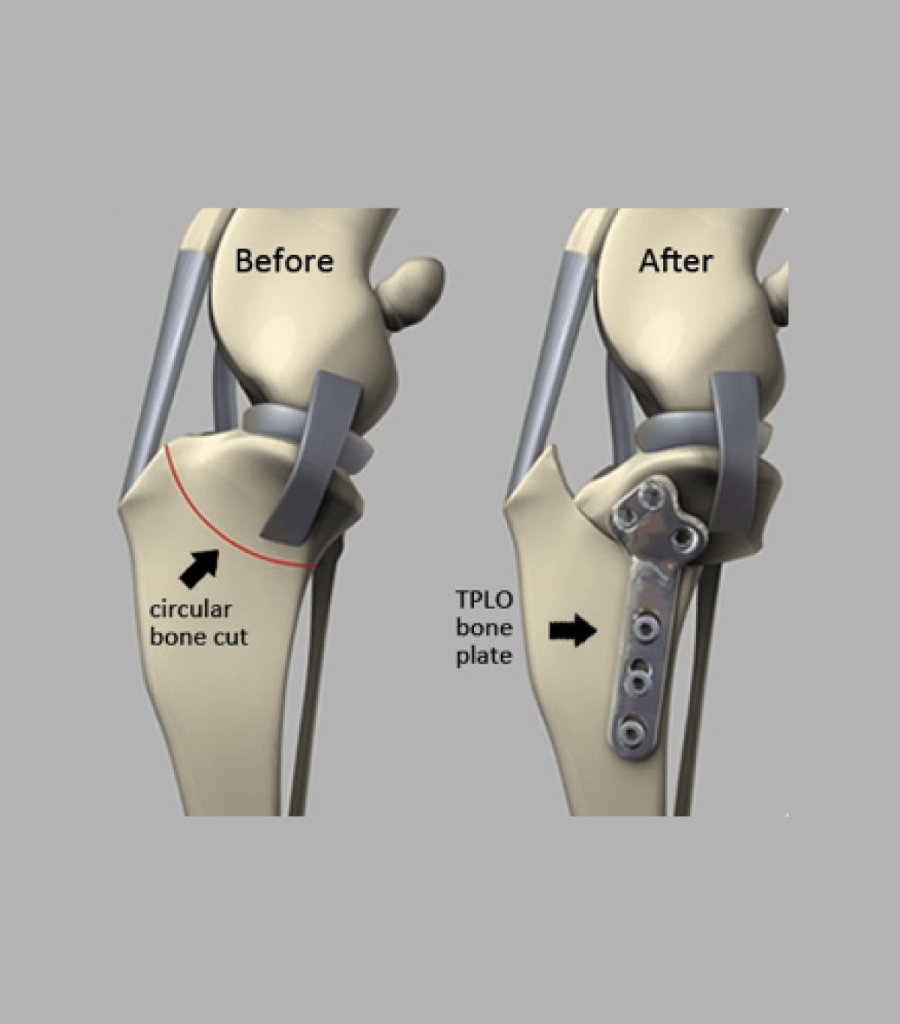
3. TTA or Tibial Tuberosity Advancement
This type of surgery involves the tibia bone being cut, and a titanium plate and bone grafts are used to secure the new angle of the joint.

How much will dog cruciate ligament surgery cost?
Depending on the severity of the tear, what type of surgery is carried out, if the surgery is carried out at a specialist clinic, and if there are other existing issues such as arthritis in the joint, etc., the surgery price can vary. Cruciate ligament dog surgery cost in Ireland can range from 900 Euros to 4,000 Euros.
Again, this all depends on so many variables. If you are concerned that you can’t afford cruciate ligament surgery for your dog, please speak to your vet and if you have pet insurance, check with them how your policy will cover it.
Life After ACL Surgery – 3 Tips on How to Help Your Dog Recover
The thought of surgery can seem incredibly daunting, and you will understandably be very concerned about your dog; no one likes seeing their best buddy in pain. However, with lots of time, patience, and crucial dietary components, your dog will be back enjoying life again in no time!
Here are our top tips for getting your dog back on his feet and enjoying a pain-free life.
1. Rest and Confinement
For at least the first 10 – 14 days after surgery, you must ensure your dog is confined in a comfortable area like a crate or similar to rest and recuperate. Offer enrichment such as snuffle mats, licky mats, dog puzzles, etc. Groups on Facebook, such as Canine Enrichment, can offer some fantastic ideas to keep the little guy entertained.

2. Exercise
Immediately after surgery, your dog should only be taken outside on a lead for bathroom breaks. You may want to help him walk by using a towel as a sling to support his hind legs, or invest in a rear lifting dog harness, as he may feel unsteady trying to walk on three legs. Your dog should not jump on furniture or attempt to climb the stairs.
After around 14 days, once the stitches are removed, you should be able to start gradually increasing the lead walks to five minutes each week. Each dog is different and will tolerate different levels of exercise during their recovery, so please always be guided by your vet and ask their advice.
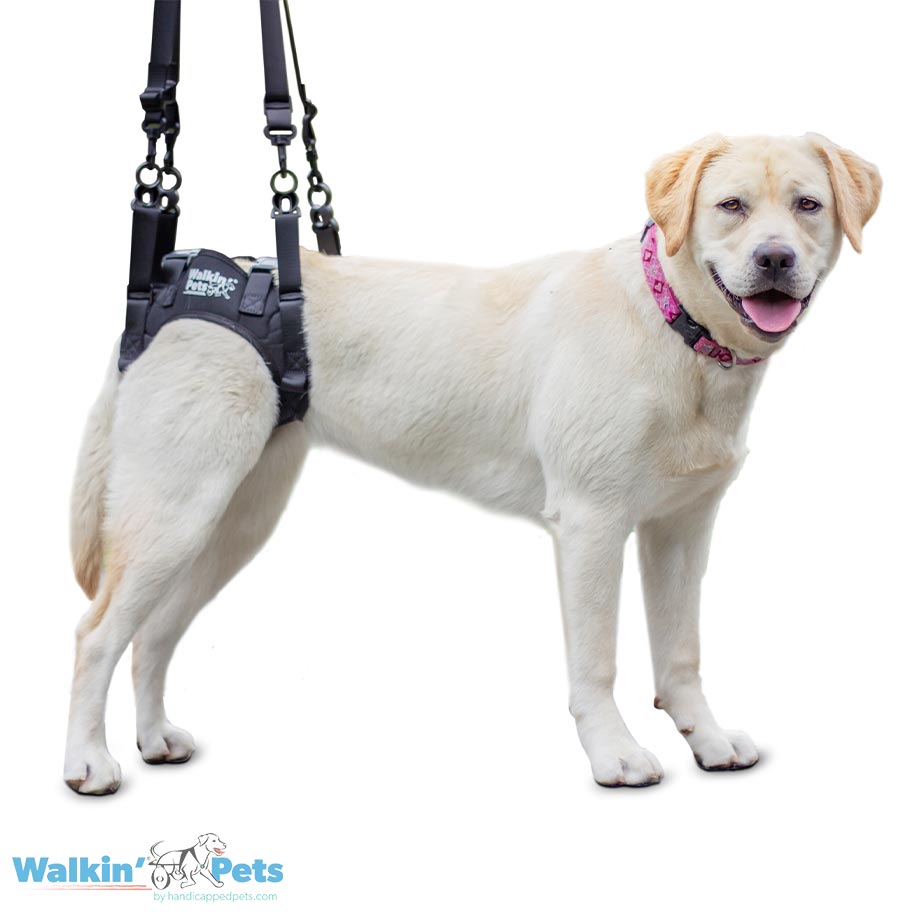
3. Feeding a Dog with a Cruciate Tear – Let food be thy medicine
Before we talk about the fancy bells and whistles of how to avoid a torn ACL in dogs, feeding him a good diet is the most important thing you can do for cruciate ligament dog recovery. This means providing a raw food diet. First, explaining precisely what vital compounds and substances your dog will need to heal is essential. Further down are some examples of the types of food that contain these compounds. Of course, there are supplements out there, but what is best and what his damaged skin, muscles, and that joint really need is real food in the form of fresh/raw protein, raw bones, and cartilage.
My dog Dudley had very major back surgery almost five years ago. The surgeon commented that he had never seen such a recovery from such a job. I put it down to all the bits we did – the fantastic additions, the intensive therapy (lucky to know people in the game) but, above all, it was the food he was being fed. I was giving his ligaments and joints the building blocks required daily. More on Dudley’s story below. It’s quite similar to ACL surgery – the stress, the confinement, the entertainment, the rehab, the feeding, and supplements.
i) Glucosamine
A substance that creates molecules that form the cartilage of your dog’s joints. Dogs naturally produce cartilage, but with a damaged joint, they will need some extra help. Some studies show that taking Glucosamine combined with MSM (Methylsulfonylmethane) can improve pain and inflammation compared to taking them individually.
ii) Chondroitin –
Like glucosamine, Chondroitin is produced naturally in the body and is the building block of cartilage. Vital for joints and connective tissues.
iii) Collagen –
The most abundant protein in the body, collagen is the main component of the connective tissues that make up ligaments, skin, muscles, and tendons. It has many vital functions, including helping to keep bones strong and keep skin supple.
iv) Hyaluronic Acid
This substance is known as a humectant, a substance that retains moisture. It is found naturally in certain body parts such as the eyes, skin, and synovial fluid in the joints.
v) Vitamin C
Vitamin C is the building block of collagen (skin, tendon, bone, cartilage, connective tissue). It is usually not included by dry food manufacturers as “healthy dogs can make their own,” which is true, albeit they are inferior at it. Vit C is also very sensitive to cooking.
Vitamin C is found in fresh animal fat, so there is no need to add it to a dog eating a natural diet, but if he needs a little extra, you’ll find it in your local health store (the stuff for humans is fine).
They need around 50mg per 1kg of dogs, but many recommend up to three times this in times of need.
There are a dizzying array of dog supplements for your dog’s torn ACL. However, you cannot beat vitamins and minerals in their natural form, and here are some examples of natural, fresh foods that will heal and repair.
Need some help? Book a Zoom consult with us…

Food for Repairing and Healing a torn ACL in dogs-
i) Beef trachea –
Made up of mainly cartilage, this is an excellent source of glucosamine & chondroitin. A 1oz piece of raw beef trachea will provide your dog with 1400mg of glucosamine! Stuff with their raw meat to keep them busy while they are confined in that crate.
ii) Chicken feet –
Rich in collagen, chondroitin, calcium, and hyaluronic acid. Just one raw chicken foot contains around 400g of glucosamine!
iii) Raw meaty bones –
Vital for all the glucosamine, Chondroitin, etc. – chewing can also relieve stress and boredom in dogs by releasing endorphins, so raw bones will be perfect when confined in that crate for weeks!
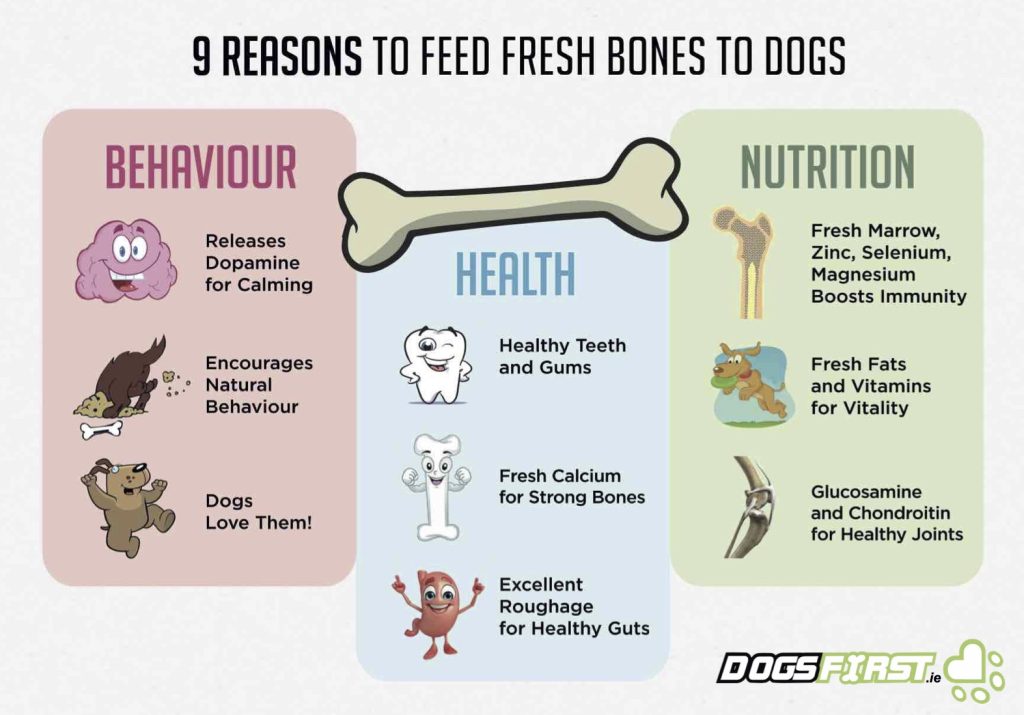
iv) Bone Broth –
A powerhouse of nutrients, bone broth, is unbelievable for joints and membranes as it leaches all the good stuff out of the joints, notably collagen, proline, glycine, arginine, and glutamine.
These babies have a variety of profound health benefits from boosting the immune system, reducing inflammation, and are central to repair, all delivered to your dog via a tasty soup! I highly recommend making some up.
There are lots of articles online to help you through this process. Many raw food companies sell bone broth if you don’t want to make your own.
v) Eggshell membrane –
Other lesser-known bits to include in their diet is the inner membrane of eggshells (pure chondroitin, studies show people have reduced joint pain and stiffness when egg membrane is added to their diet)
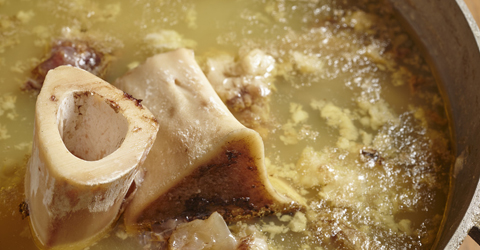
Natural supplements to help with canine joint repair
i) Green lipped mussel for dogs –
Studies show significant improvement in dogs with arthritis, joint swelling, and joint pain when given GLM.
There are many types, products, and brands, but be careful; the green-lipped mussel industry suffers the same as another New Zealand product, manuka honey. That is, a lot of it is sold but only so much is produced. GLM is made by squishing the mussels and collecting the oil (containing the excellent stuff, termed green-lipped mussel extract) that comes out. Now they are left with green-lipped mussels without oil like a squished grape. They powder this and sell it as “green-lipped mussel.” Which one are you getting in your product of choice?
There are some tips in this regard – choose products with fat content. Also, look carefully at the label – a 1000mg tablet may only contact 500mg of GLM. I recommend the stuff below. Honest advertising – 90x500mg tablets of pure GLM extract for just under £8. Bargain.
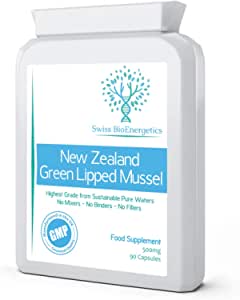
ii) CBD oil
The benefits of CBD are truly astounding, and the number of studies supporting its use is staggering. I used eggshell membrane and CBD oil in Duds following his major back surgery, together with a lot of hydrotherapy and physiotherapy. All involved remarked what a speedy recovery he made from paralysis back to 95% normality.
CBD for dogs and humans is the same thing. Buy the top-rated version of CBD on Amazon, adjust the dose for body size, and divide that figure by 2 (as dogs are twice as sensitive to it). Don’t worry; you won’t overdose them, but it can be distasteful, so build them slowly.
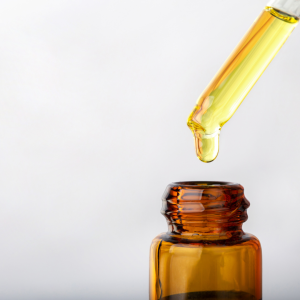
iii) Golden Tumeric Paste
Your vet will prescribe anti-inflammatories for the first while. They will work, that’s for sure. However, if and when you want to go a bit more natural, one of the best natural anti-inflammatories to give your dog, far and away, is Golden Turmeric Paste. Easy to make at home, the active ingredient curcumin in turmeric – has impressive anti-inflammatory properties , and a study on humans with arthritis showed that it was more effective than the anti-inflammatory drug they used for comparison.
Warning – always check with your vet before using turmeric paste as it can interfere with some pharmaceuticals, for example, blood thinners and anti-inflammatory drugs.

iv) Omega 3
You can’t beat a good bit of omega 3 in the diet; it is crucial to feed your dog from a pup, so don’t wait until they are stiff to add this to their diet. Fish oil capsules are falling out of favour due to all sorts of adultery, especially if from farmed fish, which may contain all kinds of antibiotics and antiparasitic drugs. Not to mention that the oil, once extracted from the fish, will start to go rancid as soon as it hits the air.
Better you aim for fish oil made on smaller fish, such as sardine oil or anchovy oil, a refined fish oil (meaning more of the good stuff and less of the crap), or even one made on phytoplankton which gives excellent bang for your buck, in terms of EPA & DHA content, and nobody was harmed in the process!
As always, nutrients in their whole, raw form are superior to the isolated, treated, mass-produced variety available in pill form. In this way, a little fresh oily fish is the first place you should go. They don’t need a lot; as little as 100g a week for a 15kg dog would be fine. Find them online; many raw dog food manufacturers will now sell little bags. For bigger or multidog owners, buy a 5kg or 10kg box from a fish producer. Wonderful food.
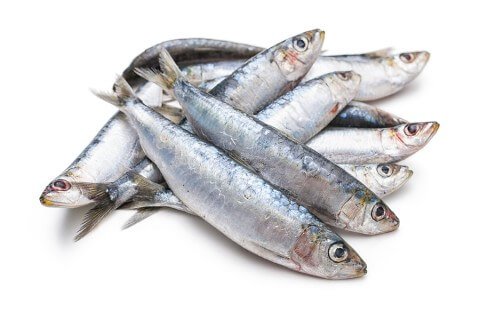
Best therapy for dogs with torn ACL
Of all things I can recommend, hydrotherapy is number one. It is the best exercise you can give a dog that cannot put weight on his joints. The difference in his recovery will be colossal. I’ll be ever grateful to the guys that rehabbed Dudley. Very highly recommended
How to Prevent ACL Tears in Dogs
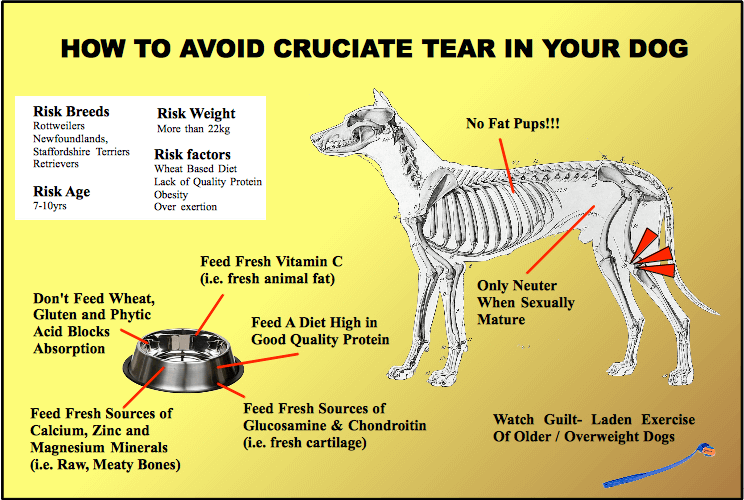
I have to put all that stuff first for anyone’s dog that has already suffered the injury, but more importantly, I want to highlight how to avoid a cruciate tear in your dog.
One of the most common reasons cited for cruciate tears is obesity. This should come as no surprise when your dog was living on 50-60% bread. Raw dog food is high in protein. Gloriously, the weight often will fall off him on this diet (think of a person going to the gym, they don’t eat a lot of carbs!).
You don’t need to feed a fat dog less; they can still have a nice big meal, only it must be leaner, and please, please, please do not feed horrible “light” (also called “metabolic”) dry food!
While it’s true, that age, obesity, and constitution are causal factors for a cruciate tear in a dog; I must say that almost everything about high-carbohydrate dry food makes it more likely your dog will suffer joint issues.
Here are the most important dietary concerns for robust joint and ligament health in the dog:
1. Avoid Wheat
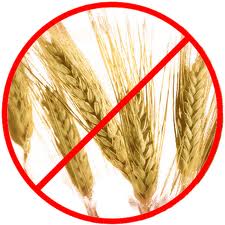
Gluten is the tough, stringy protein in wheat that makes dough sticky and bread strong enough for us to smother it with peanut butter. All the top adhesives are made from it. It happens to be very hard to digest. Humans as omnivores are still pretty bad at it, with 30% of us lacking the enzymes to digest it properly (up to 50% in aboriginals as they were only exposed to it 200 years ago), causing all sorts of problems.
It follows that dogs, as carnivores, are entirely useless at digestion. Undigested gluten builds up in the intestines, blocking the absorption of joint-forming compounds; hence gluten intolerants have weaker joints and ligaments (me).
Also, phytic acid in wheat binds any available zinc and magnesium out of the food (this is one of the main reasons gladiators of old had weak bones, they ate a diet high in barely).
2. Feed a diet high in good quality protein
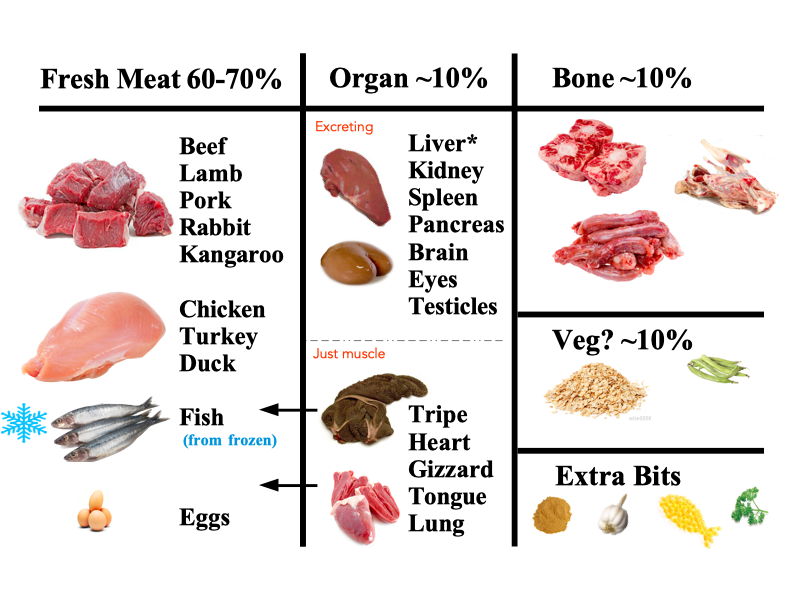
Joints and ligaments are made of protein—the better the building blocks, the stronger the joint. You will get weaker joints if you feed small amounts of poor-quality protein. Couple this with wheat, and you are asking for it.
In an excellent case study, a large group of sled dogs was divided into four groups differing only on the amount of protein fed (16%, 24%, 32%, 40% protein). Dogs fed the lower-protein diets had at least one injury during the racing season that resulted in them being removed from training for a minimum of one week (Platt and Stewart 1968, Reynolds et al. 1996).
This is why, in my opinion, cruciate tears are much rarer in dogs fed raw dog food; it is a high protein in its most digestible form.
3. Feed minerals in their fresh “bioavailable” forms
Zinc, magnesium, and calcium are vital to good bone and ligament growth. The best and easiest to absorb kinds are found fresh in raw meaty bones. No supplements have ever been found to come close. Studies show zinc and magnesium oxides (used in dry foods) are much cheaper but harder to absorb for the dog (Lowe et al. 1994a, 1994b).
4. Include fresh sources of Glucosamine and Chondroitin
As mentioned above, glucosamine and chondroitin are vital for healing and repair post-surgery, but they also play a massive role in joint formation and support. Start feeding your pups fresh food containing this, don’t wait until they have issues with their joints.
Unsurprisingly the fresh cartilage of all animals, from chickens to rabbits to fish, is full of it. Suppose you remove fresh cartilage from the diet of the dog. In that case, problems may develop at mid-age, whereby you will be recommended to buy glucosamine and chondroitin in tablet form made of ground-up cartilage at grossly inflated prices from your vet.
If you want to add these in, pick up the humankind with MSM (sulphur), which is much cheaper and has the exact dosage.

5. Tackle obesity by removing cereal-based dry food
Sadly 90% of dogs in Ireland and the UK today are dry-fed. This means 90% of dogs eat a diet of 50% carbs (aka sugar). Have you tried to maintain a figure on 50% bread?! Obesity results and puts a massive strain on the joints. Couple obesity with weak ligaments and joints with the “Guide Laden Exercise” below, and you have the perfect storm.
As mentioned above, if you have been feeding a dry, ultra-processed, unfulfilling, rapidly digested, and belly-busting 50-60% carbohydrate diet (imagine going to the gym on a 60% bread diet?!), then you can forgive your dog for having a few extra pounds on him.
And please, please, please do not fall for “light” (often called metabolic and sold to you under “prescription,” despite having no medicinal qualities whatsoever) dry foods either. They are the same as the rest, but now they add an extra 10% indigestible fibre. Like a runway model chewing tissue before a big show, studies show. This is an inferior way of dieting a dog.
The correct way to diet your dog is to move him to a higher protein, raw meat, and bone diet. This way, the calories come off him slowly, and he retains his lean muscle mass. Highly recommend you read our article on obesity in dogs, guys.
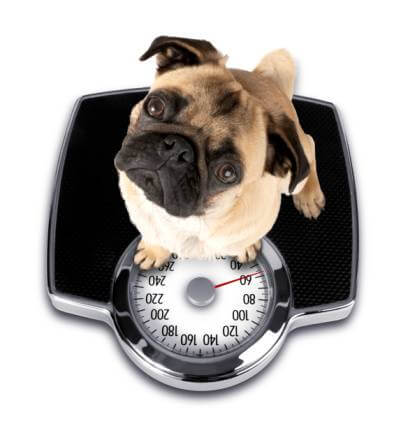
6. Give your dog “normal” exercise
Guilt-laden “hyper” exercise will put a lot of pressure on their joints. You leave your dog all day on its own. You come home, get a big plastic tennis ball-throwing arm, and run him until he pukes on the beach. Or tie him to the back of your bike and cycle your fat ass around the town. This is not recommended, particularly for at-risk breeds.
7. Neutering
While it may be too late now, if you have to neuter your dog for whatever reason, then please, please wait until they’re sexually mature. Studies show removing their gonads, and thus sex hormones before their bones are fully formed will disrupt bone growth and result in cruciate rupture. If you have to neuter, please leave it until later.
Our neutering article is in the top three most-read articles on our site! I urge you to grab a cup of tea and have a read of it.
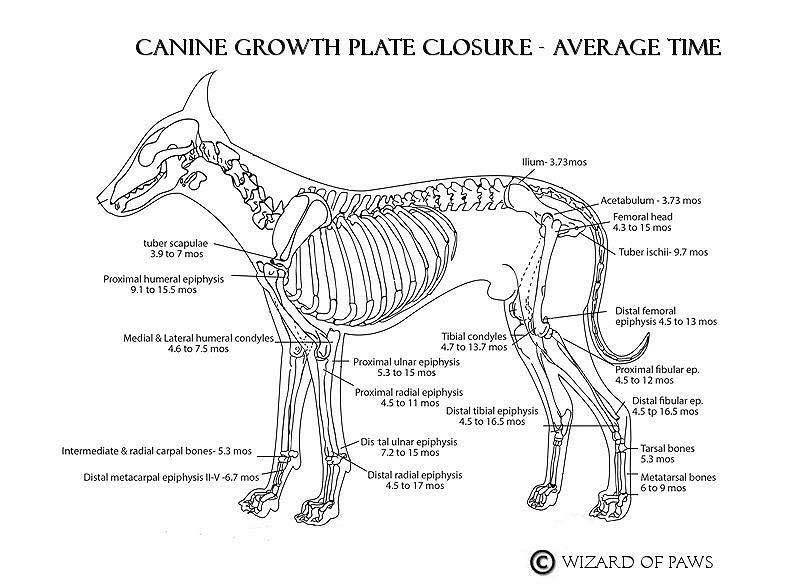
ACL tear in dogs, in conclusion…
Prevention is always better than cure. Folks, if it hasn’t happened yet, get your dogs off cereal-based dry dog food. You are fuelling fat deposits on high-dose carbohydrate dry food and growing your dogs at a maximal rate on joints that have been starved of nutrition. Feed dogs species-appropriate fresh meat on the bone, and you can avoid some terrible unpleasantness down the way. If you would like more help with feeding a raw food diet, you can book a consultation with me, where I can help you with everything you would like to know.



